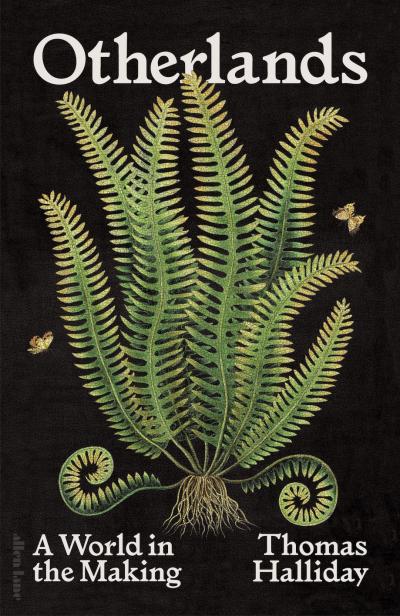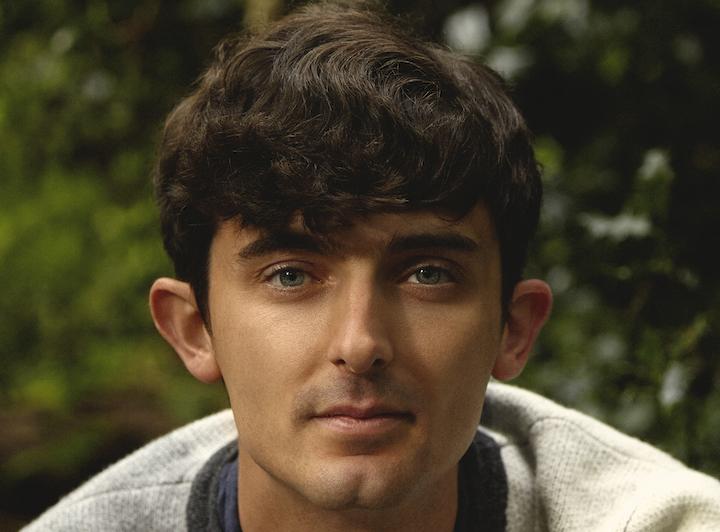Life on Earth: David Attenborough has it covered, right? Well, globally, maybe, but not historically. He has presented world-spanning series on pretty much every kind of life except bacteria, but it’s life in the present. There’s the odd look back in his filmography, but almost all his work is about things that can be filmed for real now.
Yet the largely undepicted past is vast indeed. “Deep time”, the abyssal fourth dimension first unveiled by Victorian geologists, underlay Darwin’s theorising. The notion is now familiar from cosmology as well as planetary ages. You couldn’t say we are accustomed to it, though. In the west, many were wedded to a biblical history that reckoned the age of the Earth in thousands of years. The expansion of Earth history to millions, then – as we now know – thousands of millions of years, was like a rift valley in the culture: abrupt, unsettling, opening up vistas that were hard to take in. Even accepting it as reality helps little in appreciating the detail. Our intuitions remain grounded in lives that last a century, tops. Who can truly envisage a million years? Even if you do manage to stretch your imagination that far, you still have work to do to encompass the four and a half billion year existence of our planet.
Thomas Halliday wants to help. His book offers a brilliant series of reconstructions of life in the deep past, richly imagined from the fine details of the fossil record. It’s a series of separate scenes that reaches back 500 million years. Only single cells lived here for the previous few billion years, and left virtually no trace. But the evidence over that more recent span allows remarkably full descriptions of the creatures that dwelt on some past Earths.
The creatures grow stranger as the reader travels back in time from the first stop, a mere 20,000 years ago, at the great thaw that marked the end of the last ice age. The succeeding chapters mess with your chronological sense as well challenging expectations of the forms life can take. The intervals between scenes expand, from a few million years to tens and then hundreds of millions, long enough for continents to shift position radically, for mountains and seas to rise and fall, for a mass extinction to sweep millions of species away and new ones slowly take their place. The shapes of creatures grow more diverse – there are weird body plans that turned out to be evolutionary blind alleys – then simpler again as Halliday tracks back to the Ediacaran era. Here, life, still confined to the seabed, was just starting to experiment with multicellular forms that would evolve into more complex organisms.
 Each scene is described as it unfolds, precluding the “a study led by X shows…” style of many pop-science narratives which is, frankly, a relief. There are passing hints of how particular fossils were formed, and why specific locations yielded a rich haul, but the details are passed by – if you wan that kind of thing you will have to follow up the extensive notes. The exposition is also mercifully light on the cliches of Attenborough-style narration, where every scene seems to be either a mating opportunity or a meal.
Each scene is described as it unfolds, precluding the “a study led by X shows…” style of many pop-science narratives which is, frankly, a relief. There are passing hints of how particular fossils were formed, and why specific locations yielded a rich haul, but the details are passed by – if you wan that kind of thing you will have to follow up the extensive notes. The exposition is also mercifully light on the cliches of Attenborough-style narration, where every scene seems to be either a mating opportunity or a meal.
Both omissions align with Halliday’s main goal, which is to give a sense of past organisms framed in ways of living that are part of a complete ecosystem. Species evolve, and co-evolve, to fit ecological niches. As their environments change, so do they. The changes may be gradual, like continental drift, or abrupt – like the sudden cataract that once refilled the arid, salt-caked desert of the empty Mediterranean basin. All the chapters, not just the one depicting this spectacular restoration, show a fine sense of the geological and climatic details, the movements of earth, air and water, that are needed to understand the way a particular ecosystem had to adapt.
There are wonders here, creatures great and small, familiar and strange. The glass sponge reefs of the Jurassic, 200 million years ago, extending over some 7,000 kilometres, will stay with me. They are, he tells us, the largest biological structures that have ever existed. In the currently obligatory epilogue that considers our immediate planetary future under climate change, he notes that glass sponges have now lived solitary lives for aeons, but reefs are reappearing as their silicon skeletons become the preferred scaffolding when oceans acidify, “a Lazarus ecosystem in a warming world”. The example makes literal one of his most important general points: life is built upon life.
It’s a commonplace idea since evolution became the accepted theory of how the biological world developed across our planet, or any planet. It has rarely been so vividly illustrated. Halliday’s effort compares well with other tales of Earth history. Richard Fortey’s Life: The Unauthorised Biography goes right back to the origin and rattles through all four billion years. The other, Richard Dawkins’ The Ancestor’s Tale, adopts the same reverse timeline as Halliday, and aspires to a completeness that makes it more like a zoology textbook. But Otherlands offers more finely drawn vignettes of past life than either. Composing any one of them calls for an impressive synthesis. Assembling the whole set is a real achievement. Perhaps some future Spielberg will invest an unimaginable sum in scientifically informed CGI, and get Attenborough’s successor to narrate the story. Until then, reading Halliday’s book is as near to the experience of visiting these ancient worlds as you are likely to get.
- Otherlands: A World in the Making by Thomas Halliday (Allen Lane, £20.00)
- More book reviews and features on theartsdesk















Add comment